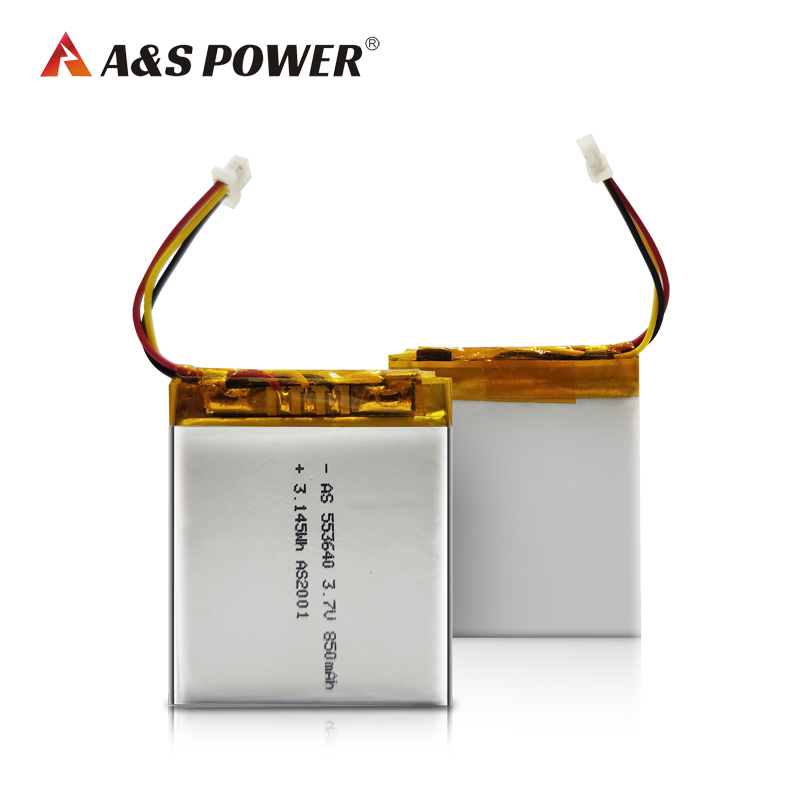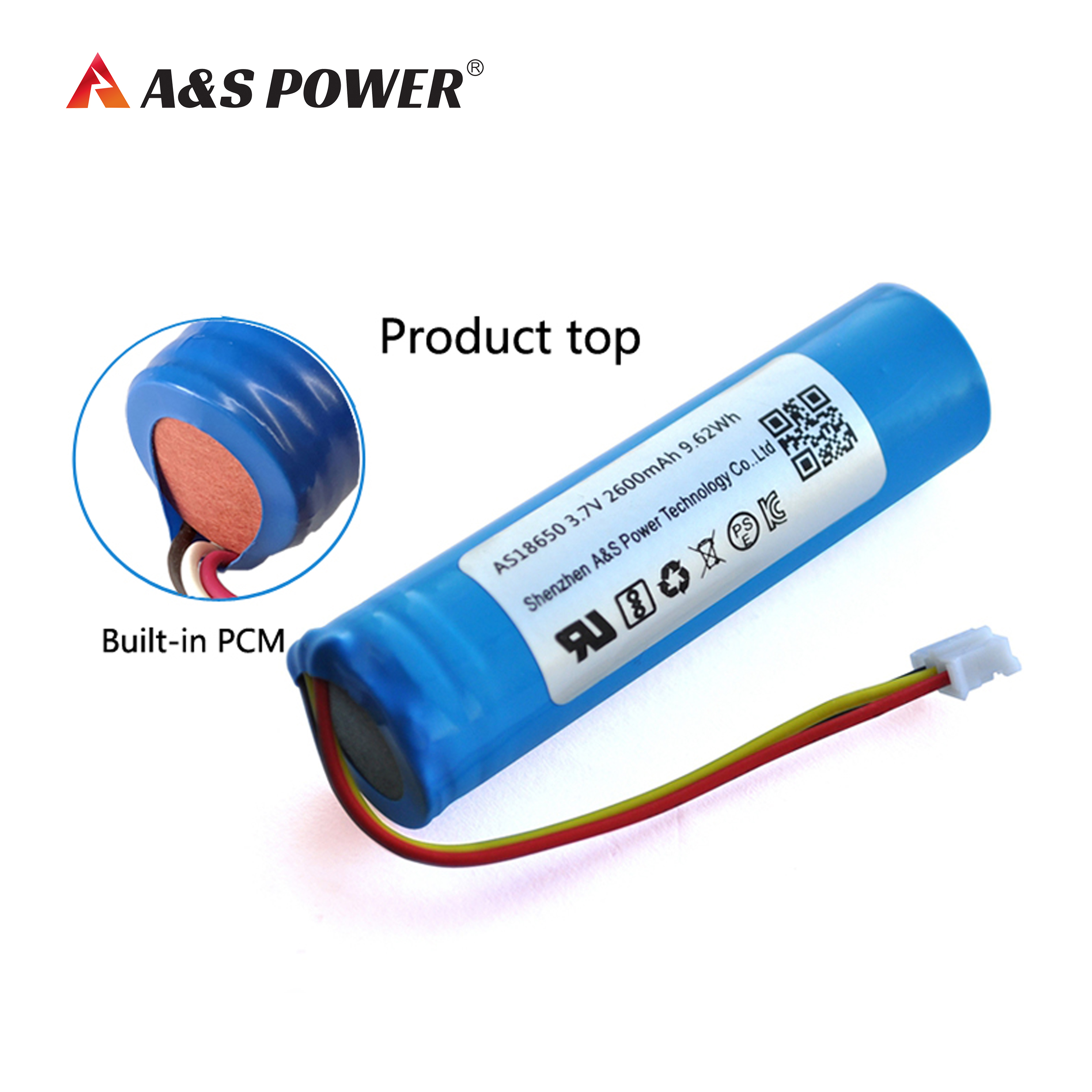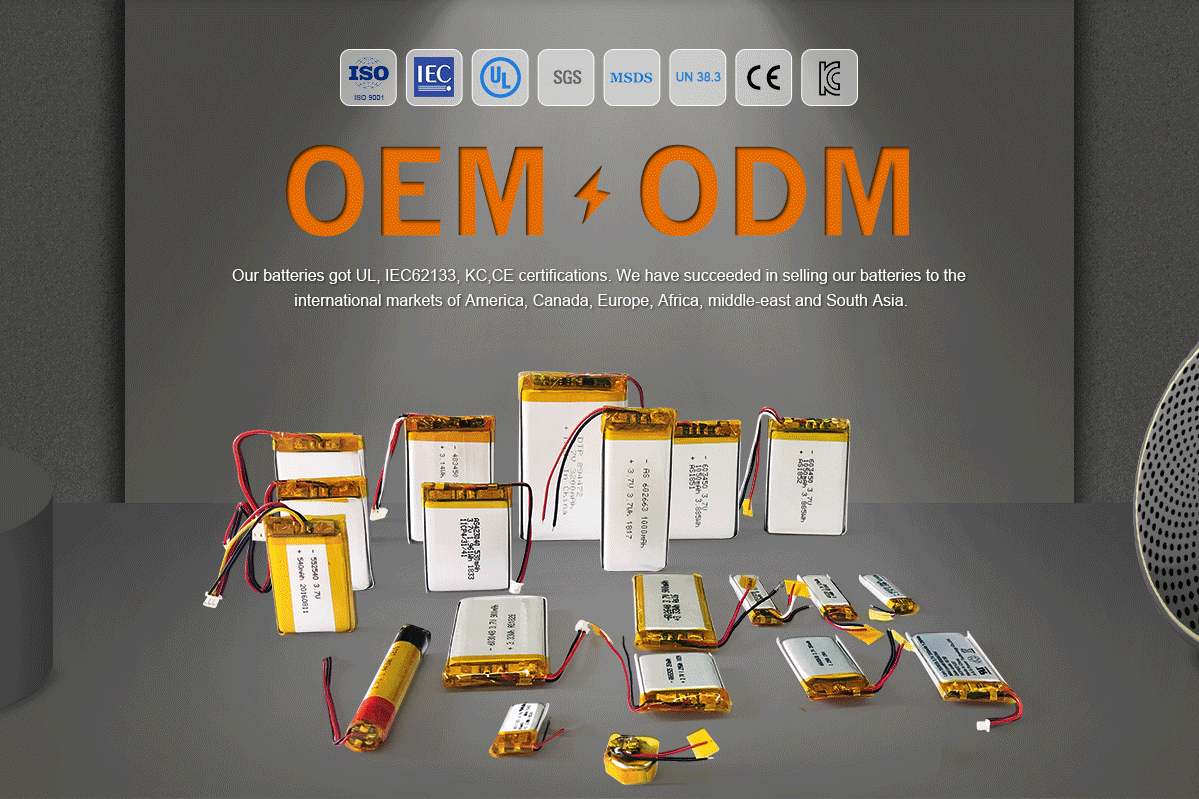The working principle of polymer lithium battery
2021-09-08
The working principle of polymer lithium battery
Polymer lithium battery generally refers to lithium polymer battery, also known as polymer lithium battery, which is a kind of chemical battery. Compared with the previous battery, it has the characteristics of high energy, miniaturization and light weight.
The so-called lithium polymer battery refers to a battery system that uses polymer materials for at least one or more of the three elements. In the lithium polymer battery system, most of the polymer materials are used in the positive electrode and electrolyte. The positive electrode material uses conductive polymer or inorganic compounds used in general lithium ion batteries, the negative electrode often uses lithium metal or lithium-carbon intercalation compounds, and the electrolyte uses solid or colloidal polymer electrolytes or organic electrolytes. Since there is no excess electrolyte in the lithium polymer, it is more reliable and stable.
There are two types of lithium ion batteries: liquid lithium ion batteries (LIB) and lithium polymer batteries (PLIB). Among them, the liquid lithium ion battery refers to a secondary battery in which Li+ intercalation compounds are positive and negative electrodes. The positive electrode uses lithium compounds LiCoO2, LiNiO2 or LiMn2O4, and the negative electrode uses lithium-carbon intercalation compound LixC6. The typical battery system is:
(-) C | LiPF6—EC+DEC | LiCoO2 (+)
Positive electrode reaction: LiCoO2 = Li1-xCoO2 + xLi+ + xe-
Negative reaction: 6C + xLi+ + xe- = LixC6
Total battery reaction: LiCoO2 + 6C = Li1-xCoO2 + LixC6
The principle of the lithium polymer battery is the same as that of liquid lithium, but the main difference is that the electrolyte is different from that of liquid lithium. The main structure of the battery includes three elements: positive electrode, negative electrode and electrolyte. The so-called lithium polymer battery means that at least one or more of these three main structures use polymer materials as the main battery system. In the lithium polymer battery system developed, polymer materials are mainly used in positive electrodes and electrolytes.
Cathode materials include conductive polymer or inorganic compounds used in general lithium-ion batteries. The electrolyte can use solid or colloidal polymer electrolytes or organic electrolytes. Generally, lithium-ion technology uses liquid or colloidal electrolytes, so it needs to be strong. The secondary packaging to contain the flammable active ingredients, which increases the weight, and also limits the flexibility of size.
The shape of the new generation of lithium polymer batteries is theoretically achievable, and the shape is diversified, which improves the flexibility of battery shape design, so that it can meet product needs and make some shape and capacity batteries for application equipment developers. Provides a high degree of design flexibility and adaptability in power solutions to maximize the optimization of its product performance. At the same time, the unit energy of lithium polymer batteries is 10% higher than that of general lithium ion batteries. Compared with lithium-ion batteries, its capacity and cycle life are greatly improved.
Follow us and explore more! 👉 Facebook














